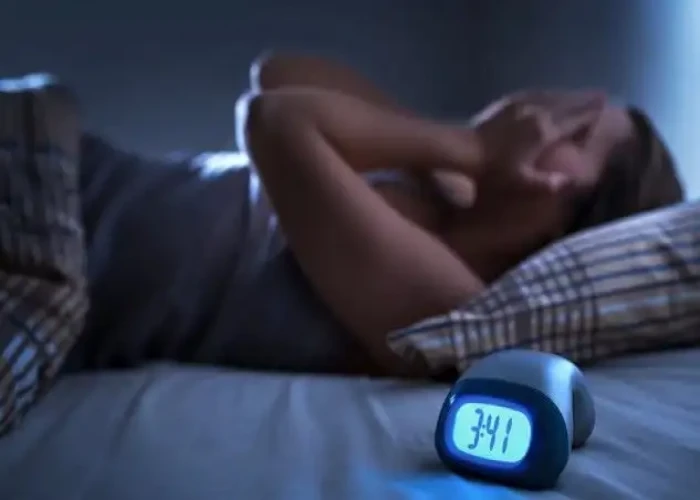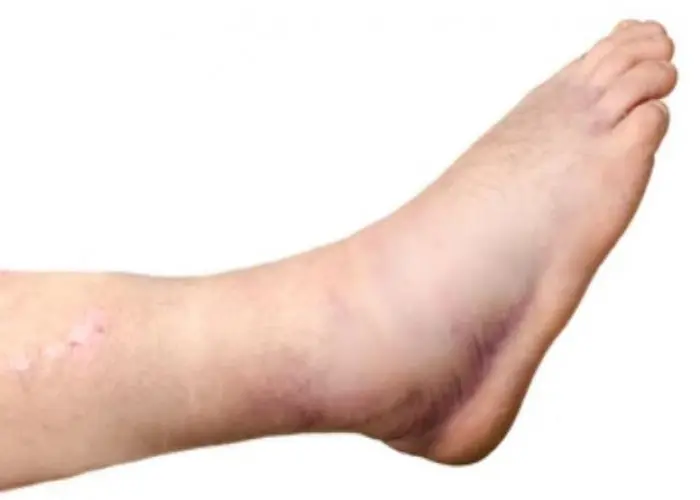 Welcome
Welcome
“May all be happy, may all be healed, may all be at peace and may no one ever suffer."
Varicocele

Varicocele is a condition in which the veins in the scrotum become swollen and enlarged. It is similar to varicose veins that occur in the legs and is most common in men between the ages of 15 and 35.
Varicoceles can cause discomfort, swelling, and aching in the scrotum, but they are usually not serious and do not cause long-term health problems. However, in some cases, they can cause infertility by interfering with sperm production or by causing testicular shrinkage.
The exact cause of varicoceles is not known, but they may be related to a malfunction of the valves that regulate blood flow in the veins of the scrotum. Varicoceles are typically diagnosed through a physical exam and may be confirmed by ultrasound or other imaging tests.
Treatment for varicoceles is usually not necessary unless the condition is causing significant discomfort or affecting fertility. In some cases, supportive measures such as wearing supportive underwear or avoiding prolonged periods of standing or sitting may help to alleviate symptoms. Surgery may be recommended to repair the affected veins or to redirect blood flow to healthy veins, especially in cases of infertility or persistent symptoms.
It is important to seek medical attention if any symptoms of varicocele are present or if there are concerns about fertility. Regular testicular exams can help to detect the condition early and prevent complications.
Research Papers
Disease Signs and Symptoms
- Small firm testicles
- Infertility
- Vary from sharp to dull discomfort
- Increase with standing or physical exertion, especially over long periods
- Be relieved when lying on the back
Disease Causes
Varicocele
The testicles receive oxygen-rich blood from two testicular arteries — one artery for each side of the scrotum. Similarly, there are also two testicular veins that transport oxygen-depleted blood back toward the heart. Within each side of the scrotum, a network of small veins (pampiniform plexus) transport the oxygen-depleted blood from the testicle to the main testicular vein. A varicocele is the enlargement of the pampiniform plexus.
The exact cause of a varicocele is unknown. One contributing factor may be the malfunction of valves inside the veins that are intended to keep blood moving in the right direction. Also, the left testicular vein follows a slightly different path than the right vein — a path that makes a problem with blood flow more likely on the left.
When the oxygen-depleted blood gets backed up in the network of veins, they widen (dilate), creating the varicocele.
Disease Prevents
Disease Treatments
A varicocele often doesn't need to be treated. For a man experiencing infertility, surgery to correct the varicocele may be a part of the fertility treatment plan.
For teenagers or young adults — generally those not seeking fertility treatment — a health care provider may suggest annual checkups to monitor any changes. Surgery might be recommended in the following situations:
- A testicle that shows delayed development
- Low sperm count or other sperm irregularities (usually only tested in adults)
- Chronic pain not managed by pain medication
Surgery
The purpose of surgery is to seal off the affected vein to redirect the blood flow into healthy veins. This is possible because two other artery-and-vein systems supply blood circulation to and from the scrotum.
Treatment outcomes may include the following:
- The affected testicle eventually may return to its expected size. In the case of a teenager, the testicle may "catch up" in development.
- Sperm counts may improve, and sperm irregularities may be corrected.
- Surgery may improve fertility or improve semen quality for in vitro fertilization.
Risks of surgery
Varicocele repair presents relatively few risks, which might include:
- Buildup of fluid around the testicles (hydrocele)
- Recurrence of varicoceles
- Infection
- Damage to an artery
- Chronic testicular pain
- Collection of blood around the testicle (hematoma)
The balance between the benefits and risks of surgery shifts if the treatment is only for pain management. While varicoceles may cause pain, most do not. A person with a varicocele may have testicular pain, but the pain may be caused by something else — an unknown or not yet identified cause. When varicocele surgery is done primarily to treat pain, there is a risk that the pain may worsen, or the nature of the pain may change.
Surgical procedures
Your surgeon can stop the flow of blood through the testicular vein by stitching or clipping the vein shut (ligation). Two approaches are commonly used today. Both require general anesthesia and are outpatient procedures that usually allow you to go home the same day. The procedures include:
- Microscopic varicocelectomy. The surgeon makes a tiny incision low in the groin. Using a powerful microscope, the surgeon identifies and ligates several small veins. The procedure usually lasts 2 to 3 hours.
- Laparoscopic varicocelectomy. The surgeon performs the procedure using a video camera and surgical tools attached to tubes that pass through a few very small incisions in the lower abdomen. Because the network of veins are less complex above the groin, there are fewer veins to ligate. The procedure usually last 30 to 40 minutes.
Recovery
Pain from this surgery generally is mild but might continue for several days or weeks. Your doctor might prescribe pain medication for a limited period after surgery. After that, your doctor might advise you to take nonprescription pain medicine, such as acetaminophen (Tylenol, others) or ibuprofen (Advil, Motrin IB, others) to relieve discomfort.
You'll likely be able to return to work about a week after surgery and resume exercise about two weeks after surgery. Ask your surgeon about when you can safely return to daily activities or when you can have sex.
Alternative to surgery: Embolization
In this procedure, a vein is blocked by essentially creating a tiny dam. A doctor specializing in imaging (radiologist) inserts a tiny tube into a vein in your groin or neck. A local anesthetic is used at the insertion site, and you may be given a sedative to reduce discomfort and help you relax.
Using imaging on a monitor, the tube is guided to the treatment site in the groin. The radiologist releases coils or a solution that causes scarring to create a blockage in the testicular veins. The procedure lasts about an hour.
Recovery time is short with only mild pain. You'll likely be able to return to work in 1 to 2 days and resume exercise after about a week. Ask your radiologist when you can resume all activities.
Disease Diagnoses
Disease Allopathic Generics
Disease Ayurvedic Generics
Disease Homeopathic Generics
Disease yoga
Varicocele and Learn More about Diseases

Ingrown toenails

Mastitis

Sleep disorders

Broken ankle

Shaken baby syndrome

Epidermoid cysts

Rocky Mountain spotted fever

Keratosis pilaris
Varicocele, ভ্যারিকোসেল
To be happy, beautiful, healthy, wealthy, hale and long-lived stay with DM3S.
